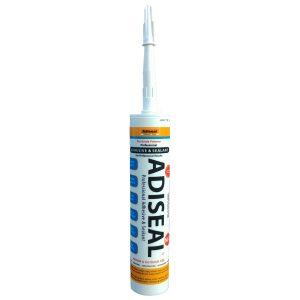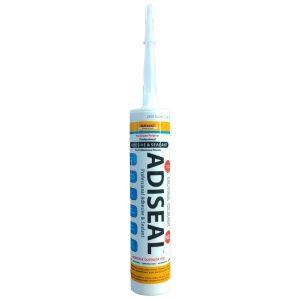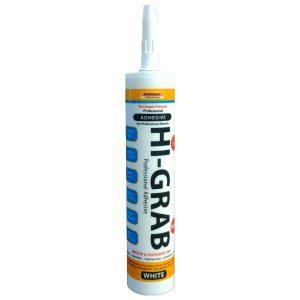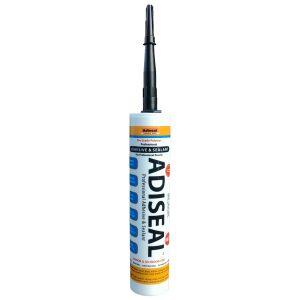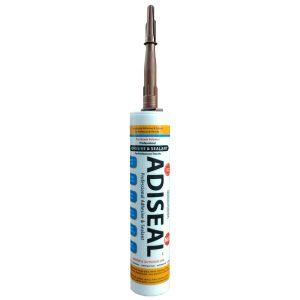Gluing Metal to Wood
Gluing Metal to Wood: Effective Techniques for Secure Bonds
When it comes to joining metal and wood, finding the right adhesive is crucial for creating strong and reliable connections. In this article, we will explore effective techniques for gluing metal to wood, ensuring secure bonds that withstand the test of time.
Understanding the Challenges:
Joining metal and wood surfaces presents unique challenges due to their different properties. However, with proper preparation and the right adhesive, you can achieve durable and long-lasting bonds.
Choosing the Right Adhesive:
Selecting the appropriate glue is essential for successful metal-to-wood bonding. Consider the following adhesive options:
1. Construction Adhesive:
– Provides strong and durable bonds between metal and wood.
– Designed for a wide range of applications and offers excellent bonding strength.
2. Epoxy Adhesive:
– Known for its exceptional strength and versatility.
– Provides reliable bonding for various metal and wood combinations.
Preparing the Surfaces:
Proper surface preparation is crucial for optimal bonding between metal and wood. Follow these steps:
1. Clean the Surfaces:
– Remove any dirt, rust, or debris from both the metal and wood surfaces.
– Use a mild detergent or cleaner to eliminate grease or oil residues.
2. Sanding the Metal and Wood:
– Gently sand the metal and wood surfaces to create a rough texture, promoting better adhesive adhesion.
Techniques for Gluing Metal to Wood:
Follow these techniques to ensure a secure and reliable bond:
1. Apply the Adhesive:
– Using a caulk gun or adhesive applicator, apply a thin and even layer of adhesive to both the metal and wood surfaces.
– Ensure full coverage, especially in the areas where the two materials will come into contact.
2. Join the Surfaces:
– Press the metal and wood together firmly, aligning them accurately.
– Apply clamps or use heavy objects to maintain constant pressure during the curing process.
3. Curing Time and Bond Strength:
– Allow sufficient curing time as specified by the adhesive manufacturer.
– Avoid subjecting the bonded assembly to stress or load until the adhesive has fully cured.
Precautions and Tips:
To ensure safe and successful metal-to-wood bonding, consider the following precautions:
1. Ventilation and Safety:
– Provide proper ventilation in the workspace when working with adhesives.
– Use protective equipment, such as gloves and goggles, as recommended by the manufacturer.
2. Compatibility Testing:
– Conduct a small test on a scrap piece of metal and wood before applying the adhesive to the entire assembly.
– Verify compatibility and bond strength to ensure the desired results.
Conclusion:
By choosing the right adhesive, preparing the surfaces properly, and following the recommended techniques, you can achieve secure and long-lasting bonds when gluing metal to wood. Construction adhesives and epoxy adhesives are popular choices for their strength and versatility. Remember to clean and sand the surfaces, apply the adhesive evenly, and allow sufficient curing time for optimal results. Take necessary safety precautions and conduct compatibility tests when working with different metal and wood combinations. With these guidelines, you can confidently create reliable connections between metal and wood, expanding your possibilities for woodworking and metalworking projects.
Showing all 6 resultsSorted by popularity
